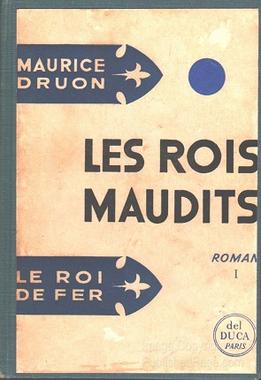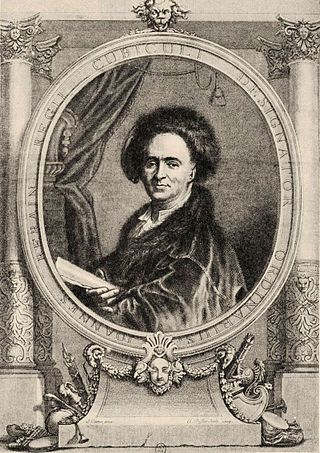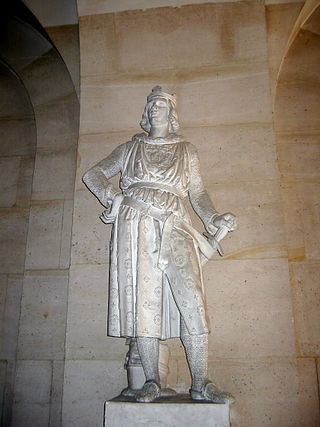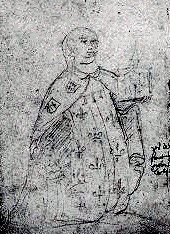
Philippa of Hainault was Queen of England as the wife and political adviser of King Edward III. She acted as regent in 1346, when her husband was away for the Hundred Years' War.

Philip IV, called Philip the Fair, was King of France from 1285 to 1314. By virtue of his marriage with Joan I of Navarre, he was also King of Navarre as Philip I from 1284 to 1305, as well as Count of Champagne. Although Philip was known to be handsome, hence the epithet le Bel, his rigid, autocratic, imposing, and inflexible personality gained him other nicknames, such as the Iron King. His fierce opponent Bernard Saisset, bishop of Pamiers, said of him: "He is neither man nor beast. He is a statue."

Louis X, known as the Quarrelsome, was King of France from 1314 and King of Navarre as Louis I from 1305 until his death. He emancipated serfs who could buy their freedom and readmitted Jews into the kingdom. His short reign in France was marked by tensions with the nobility, due to fiscal and centralisation reforms initiated during the reign of his father by Grand Chamberlain Enguerrand de Marigny.

Nicolas Boileau-Despréaux, often known simply as Boileau, was a French poet and critic. He did much to reform the prevailing form of French poetry, in the same way that Blaise Pascal did to reform the prose. He was greatly influenced by Horace.

Beauvais is a town and commune in northern France, and prefecture of the Oise département, in the Hauts-de-France region, 75 kilometres north of Paris.

Étienne Charles de Loménie de Brienne was a French clergyman, bishop, cardinal, politician and finance minister of King Louis XVI.

Charles of Valois, the fourth son of King Philip III of France and Isabella of Aragon, was a member of the House of Capet and founder of the House of Valois, which ruled over France from 1328.

Enguerrand de Marigny, Baron Le Portier was a French chamberlain and minister of Philip IV.

Guillaume de Nogaret was a French statesman, councilor and keeper of the seal to Philip IV of France.

The Accursed Kings is a series of seven historical novels by French author Maurice Druon about the French monarchy in the 14th century. Published between 1955 and 1977, the series has been adapted as a miniseries twice for television in France.

The Diocese of Beauvais, Noyon, and Senlis is a Latin Church ecclesiastical territory or diocese of the Catholic Church in France. The diocese encompasses the department of Oise in the region of Hauts-de-France. The diocese is a suffragan of the metropolitan Archdiocese of Reims. The current bishop is Jacques Benoit-Gonnin, appointed in 2010.

Jean Berain the Elder was a draughtsman and designer, painter and engraver of ornament, the artistic force in the Royal office of the Menus-Plaisirs du Roi where all the designs originated for court spectacle, from fêtes to funerals, and many designs for furnishings not covered by the Bâtiments du Roi. The "Berainesque" style of light arabesques and playful grotesques was an essential element in the style Régence that led to the French Rocaille and European Rococo.

Robert III of Artois was a French nobleman of the House of Artois. He was the Lord of Conches-en-Ouche, of Domfront, and of Mehun-sur-Yèvre, and in 1309 he received as appanage the county of Beaumont-le-Roger in restitution for the County of Artois, which he claimed. He was also briefly Earl of Richmond in 1341 after the death of John III, Duke of Brittany.

Mahaut of Artois also known as Mathilda, ruled as Countess of Artois from 1302 to 1329. She was furthermore regent of the County of Burgundy from 1303 to 1315 during the minority and the absence of her daughter, Joan II, Countess of Burgundy.
Adam Orleton was an English churchman and royal administrator. He was the Bishop of Winchester (1333–1345), Worcester (1327–1333) and Hereford (1317–1327) of the Catholic Church.
Joan of Valois was the daughter of Charles, Count of Valois and his second wife Catherine I of Courtenay, titular empress of Constantinople.
Edward III of England has been depicted in a number of fictional works.

Jean Claude Drouot is a Belgian actor whose career has lasted over a half-century. At the age of twenty-five, he gained widespread fame in the French-speaking world as a result of portraying the title role in the popular television adventure series, Thierry la Fronde.

Jeanne de Divion was a French forger.

Hugues III de Bouville (1275–1331) was the chamberlain of Philip IV of France.

















